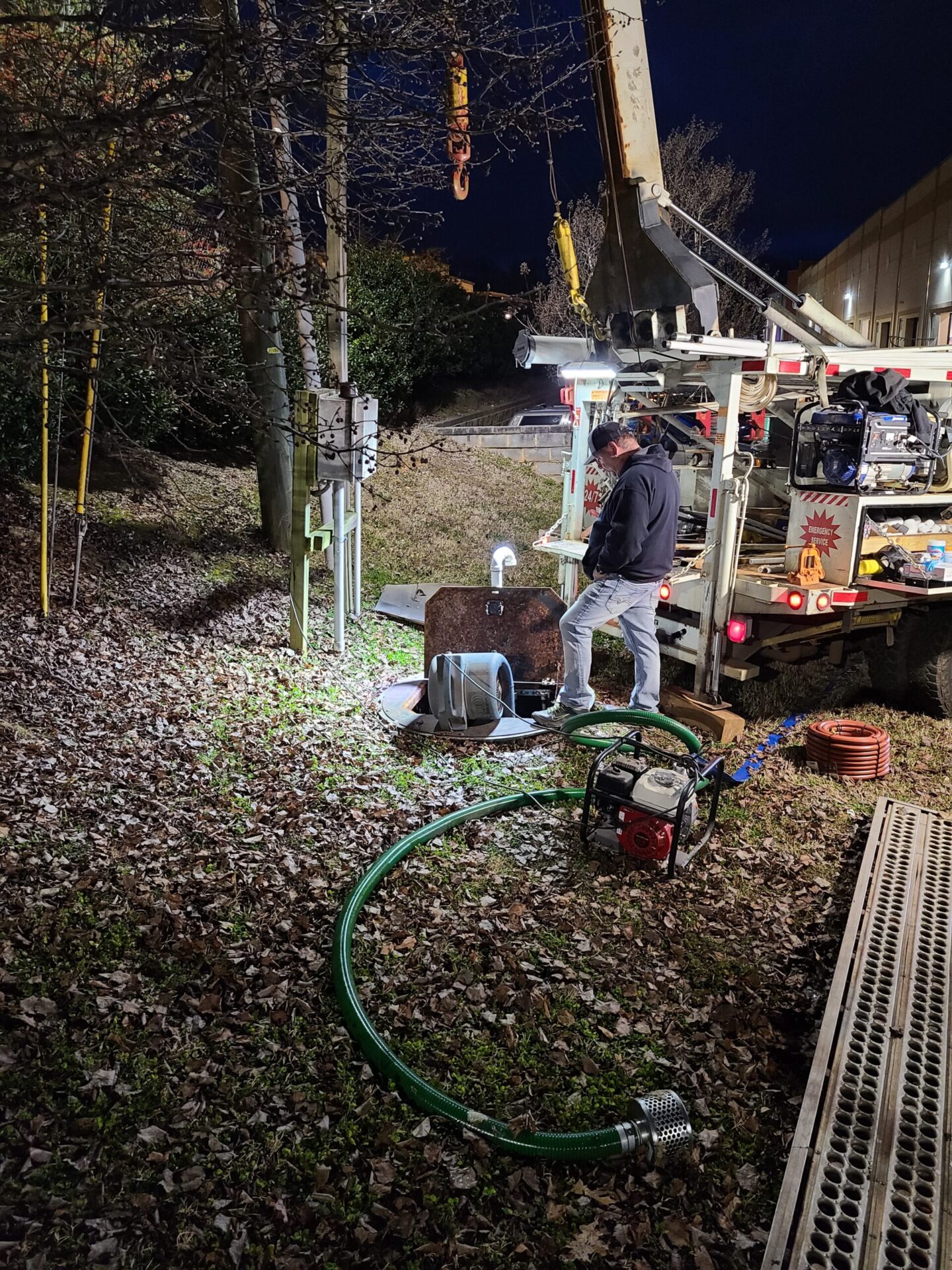Storms can turn your world upside down, and sometimes, your well feels that too—failing right when you need it most. It’s frustrating, right? One minute you’ve got water, the next, nothing.
But here’s the thing: a well that fails after a storm is usually sending you a message about how your whole system is set up. Whether it’s dirt clogging things up, or a design flaw that lets water in the wrong way, these failures reveal weak spots you might not have noticed before.
Understanding why wells fail when the weather turns rough can help you protect your water source and avoid surprises down the road. It’s all about spotting the problems early and keeping your system solid for whatever comes next.
How can storms impact the performance of a private well system?
Storms can significantly disrupt the operation and safety of private well systems—often in ways homeowners don’t realize until the water stops flowing or changes in quality become obvious. Here’s how severe weather affects well performance:
- Flooding and Surface Water Infiltration: Heavy rainfall or flash flooding can cause contaminated surface water to seep into the well casing, introducing bacteria, nitrates, or debris that compromise water quality.
- Electrical Damage from Power Surges or Outages: Lightning strikes or grid disruptions can damage critical components like the well pump, pressure switch, or control box—shutting down the system entirely.
- Saturated Ground and Poor Drainage: Excess water in the soil can lead to erosion or movement around the well casing, potentially exposing vulnerabilities or causing cracks that allow contamination.
- Pump Overload or Burnout: Debris or sediment stirred up during storms may clog or strain the pump, causing it to overwork and eventually fail.
- Contaminant Backflow: Sudden pressure changes during storms can cause backflow, pulling pollutants into the well from nearby sources such as septic systems or agricultural runoff.
- System Short-Circuiting: Improperly sealed electrical components are especially at risk during rain-heavy events, leading to outages or unsafe operation.
Storms are nature’s stress test for private wells—revealing weaknesses in construction and maintenance that demand proactive attention.
What does sudden well failure after a storm indicate about groundwater protection?
When a well fails right after a storm, it’s more than just a technical hiccup—it often reveals serious weaknesses in how well your groundwater is protected. Here’s what it may indicate:
- Poor Well Sealing or Construction: Stormwater infiltration suggests that your well casing or cap may be compromised, allowing surface contaminants to enter the groundwater supply.
- Lack of Proper Grading or Drainage: If runoff pools around your well, it can carry pesticides, bacteria, or sediment into the system. This means your site may lack essential protective grading.
- Outdated or Damaged Components: Electrical shorts or pump failure may indicate aging equipment that isn’t weather-resistant. If components are exposed to water, they risk contamination.
- Unprotected Aquifer Connection: A sudden failure can make the aquifer itself vulnerable, especially if it’s shallow or poorly separated from surface water sources.
- No Backflow Prevention or Filtration: If contaminants enter after pressure drops, your system may lack safeguards like backflow valves or sediment filters that protect groundwater from reverse contamination.
- Insufficient Testing and Maintenance: Frequent storm-related issues suggest the well isn’t being inspected or tested regularly for integrity and water safety.
A sudden storm-related failure isn’t just a mechanical problem—it’s a red flag that your groundwater may be at risk, and your well system needs immediate attention to prevent long-term contamination.
Can changes in water pressure after heavy rain signal deeper well issues?
Yes—sudden changes in water pressure after heavy rain are often a warning sign of deeper, hidden problems within your well system. While some fluctuations can be minor or temporary, consistent or severe pressure drops usually point to system vulnerabilities that need attention.
Here’s what water pressure changes after rainfall could indicate:
- Aquifer Contamination or Saturation: Heavy rain can temporarily raise the water table, causing shifts in groundwater flow. If contaminants enter the aquifer, your pump may strain or shut down, affecting pressure.
- Clogged Filters or Sediment Buildup: Stormwater runoff can carry fine particles into the well. This sediment may clog filters, screens, or pipes—leading to lower pressure and reduced water flow.
- Pump or Pressure Tank Malfunction: Electrical surges or moisture infiltration during storms can damage the pressure switch, tank bladder, or pump motor—resulting in irregular water pressure.
- Cracks in the Well Casing: Pressure drops may stem from rainwater leaking into the damaged well casing, diluting the water supply and interfering with pump performance.
- Air Intrusion or Line Breaks: Storm-induced ground shifting or erosion can damage underground lines, introducing air or creating leaks that disrupt normal water pressure.
If you notice pressure changes after storms, it’s not just an inconvenience—it could be a symptom of a deeper issue threatening your well’s performance and water quality. A prompt inspection can prevent costly repairs and protect your system in the long term.
Why do older well systems struggle more during severe weather events?
Older well systems often lack the resilience and protective features to withstand today’s more intense and unpredictable weather. Here’s why they’re more vulnerable:
- Outdated Construction Standards: Many older wells were built before modern codes required protective casing depths, sealed caps, or proper drainage grading—leaving them more exposed to surface water intrusion.
- Worn or Corroded Components: Over time, pumps, pressure tanks, wiring, and seals degrade. Heavy rain, lightning, or power surges can easily overwhelm these aging parts, causing system failure.
- Poor Electrical Protection: Older systems often lack surge protection or waterproof enclosures, making them especially prone to electrical shorts or burnout during storms.
- Shallow Well Depths: Older wells may not reach deep, stable aquifers, making them more susceptible to contamination or pressure fluctuations when heavy rain affects the water table.
- Inadequate Filtration or Backflow Prevention: Features like sediment filters, check valves, or backflow preventers may not be installed, increasing the risk of stormwater contaminating the water supply.
- Neglected Maintenance: Longtime wells are often “out of sight, out of mind.” Small issues go unnoticed without regular inspections—until a storm exposes them.
Older well systems weren’t designed for today’s climate extremes. Without upgrades or proactive maintenance, they struggle under pressure, threatening water quality, supply, and system reliability.
Storm-Proof Your Well Before the Next Rain Hits!
If your well system fails after every storm, it’s more than bad luck—it’s a warning sign. At Well Doctor LLC, we specialize in diagnosing and reinforcing vulnerable well systems before the next downpour strikes. From inspecting your casing and pump to sealing potential entry points for contamination, we ensure your water stays safe and your system runs strong.
Don’t wait for the next heavy rain to leave you without water. Trust our experienced team to storm-proof your well and protect your home’s most vital resource. Call today for a thorough inspection and lasting peace of mind.

